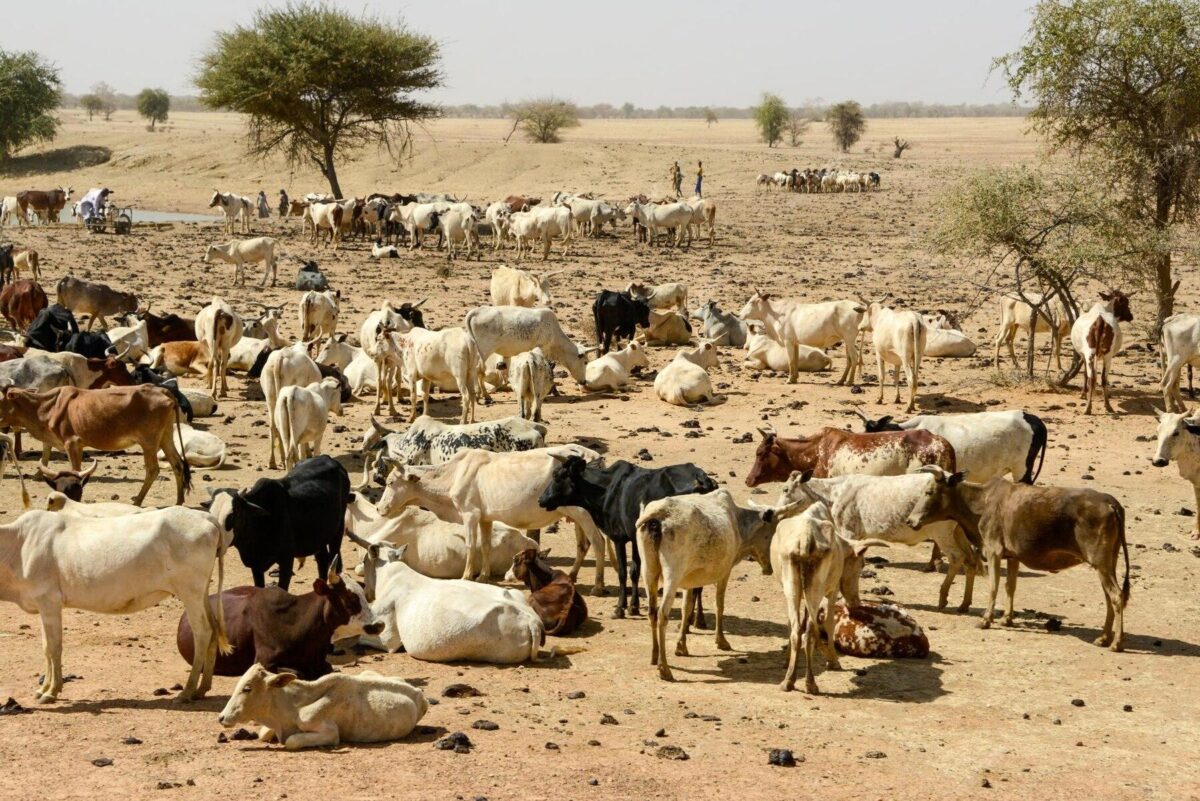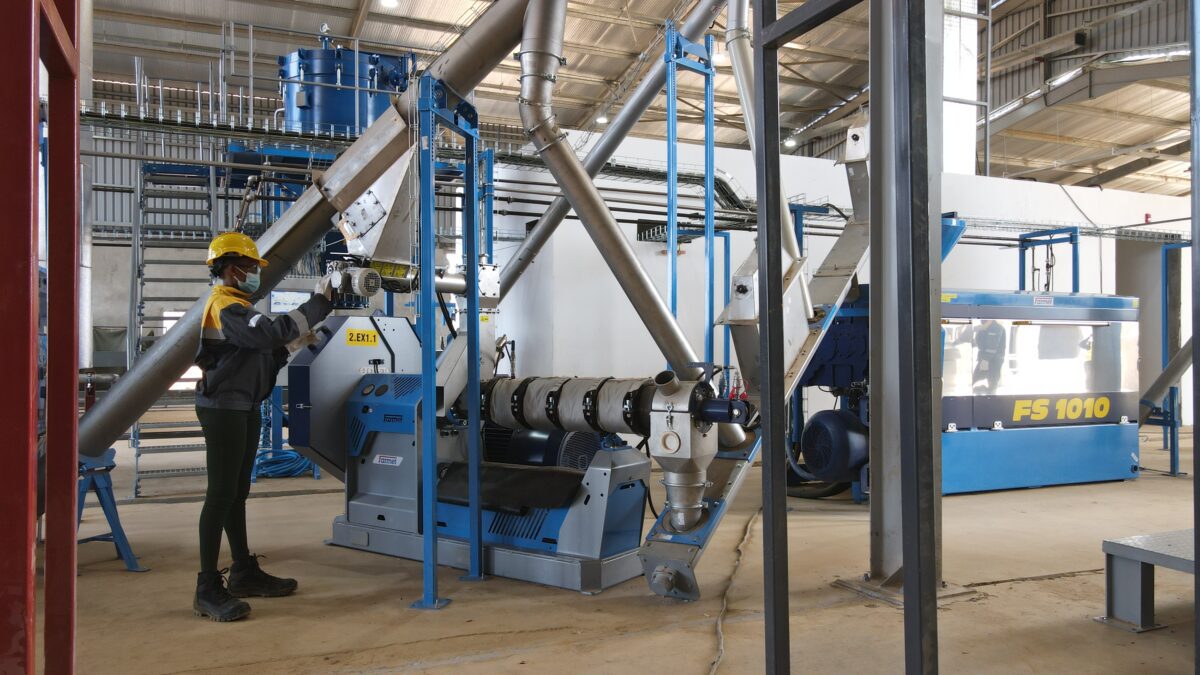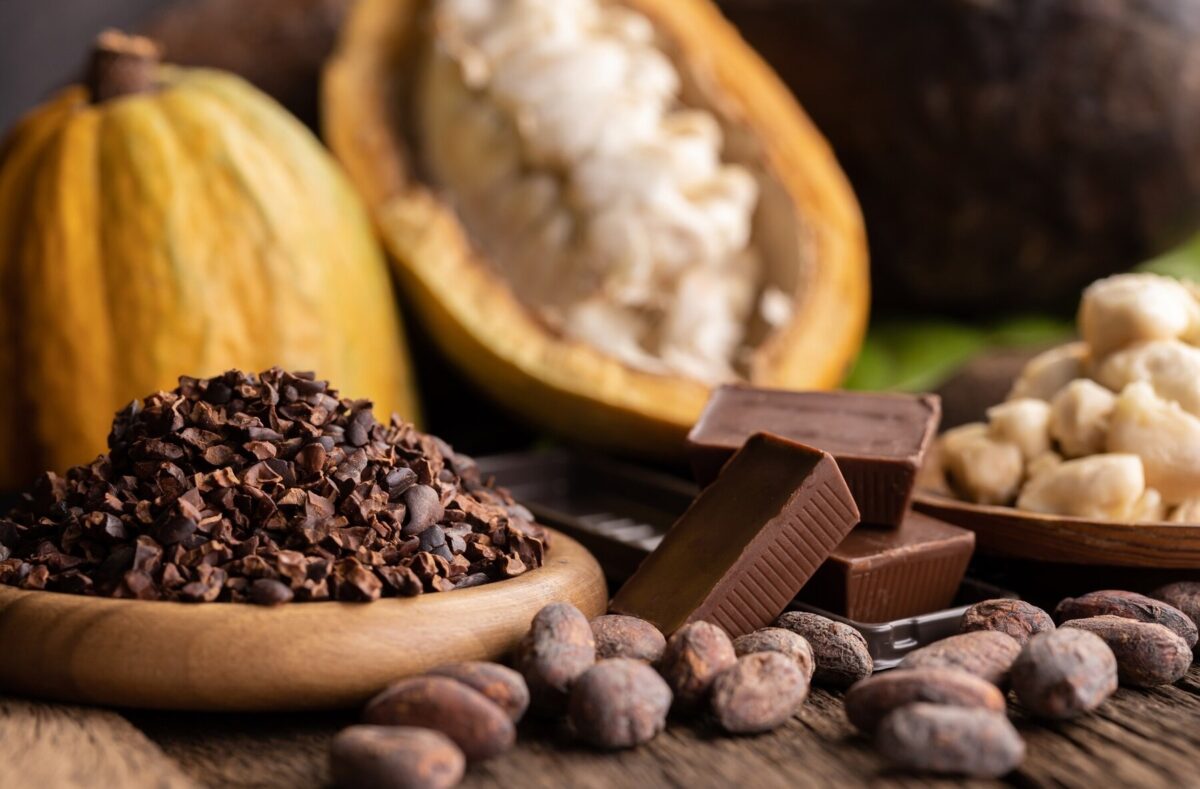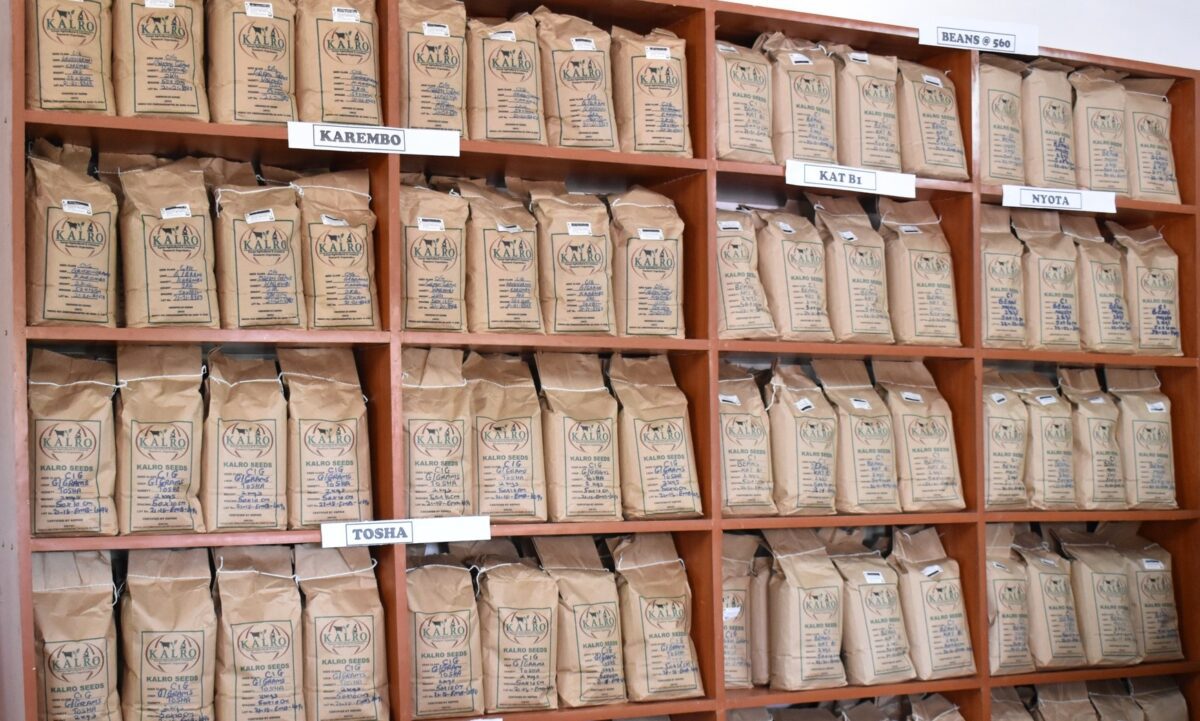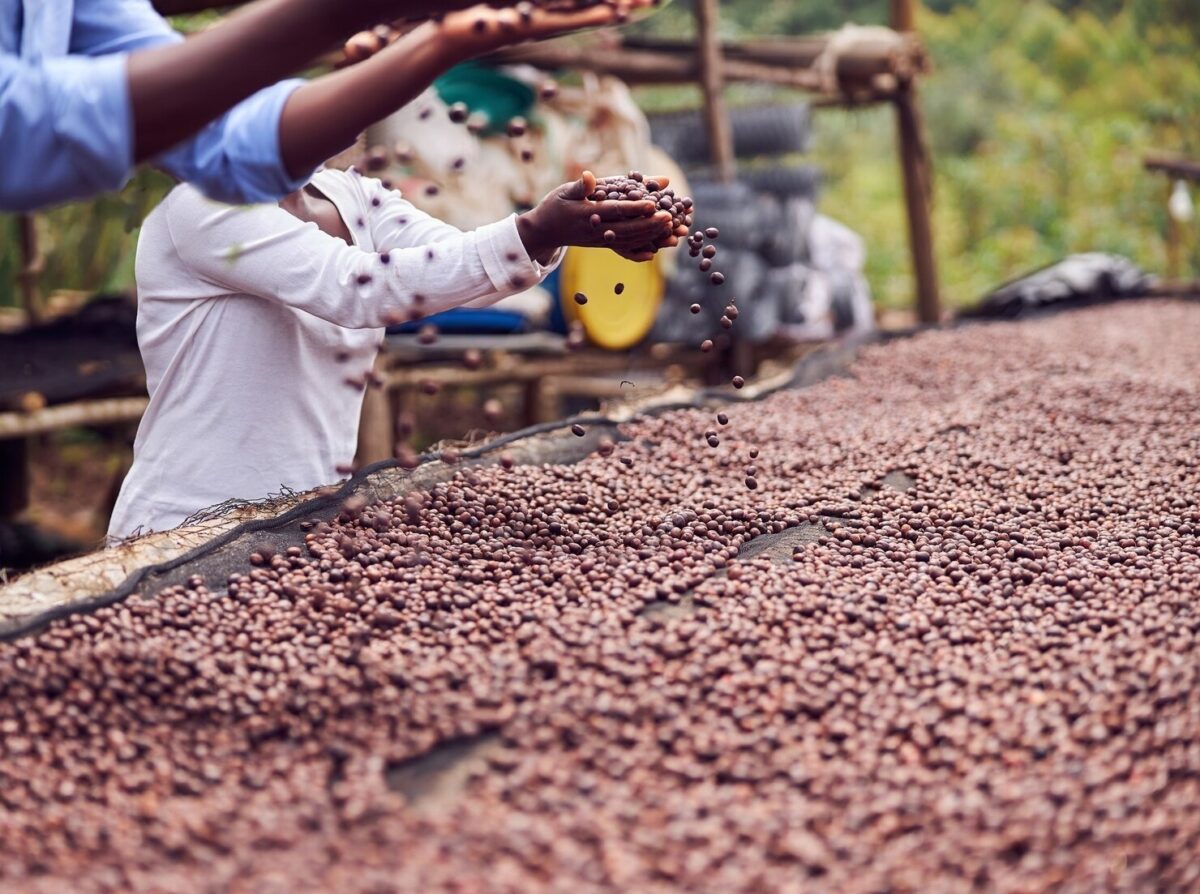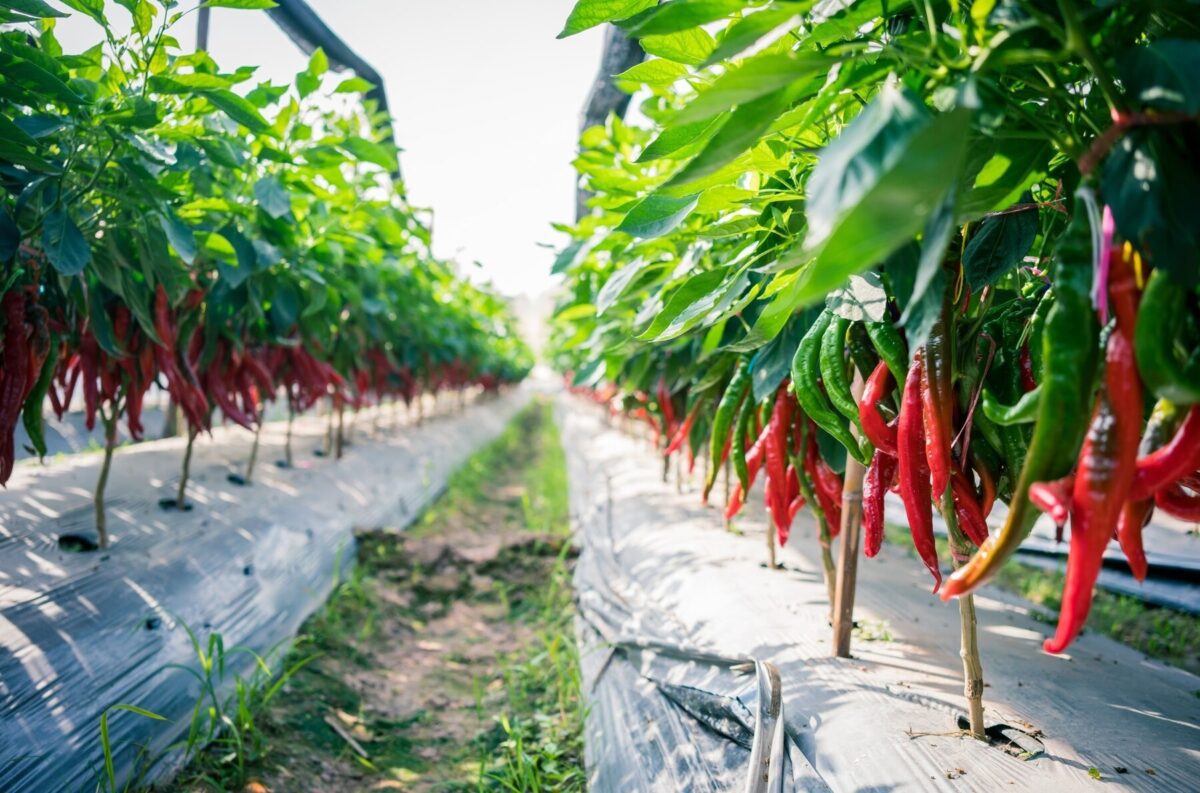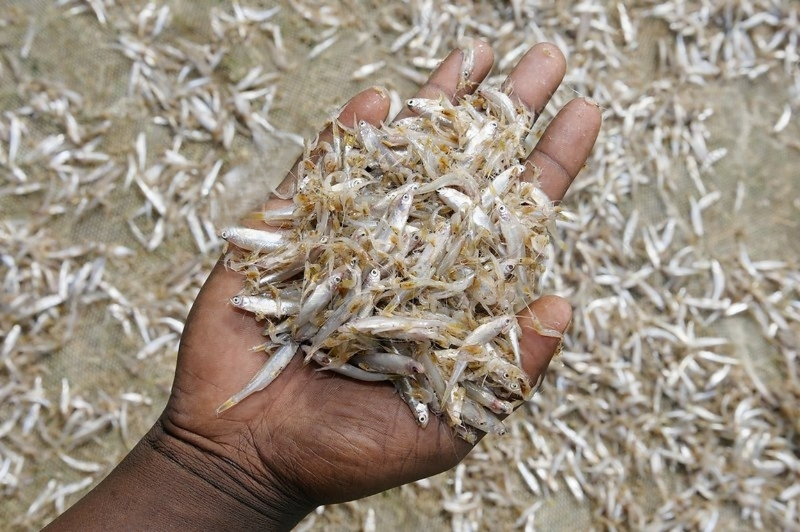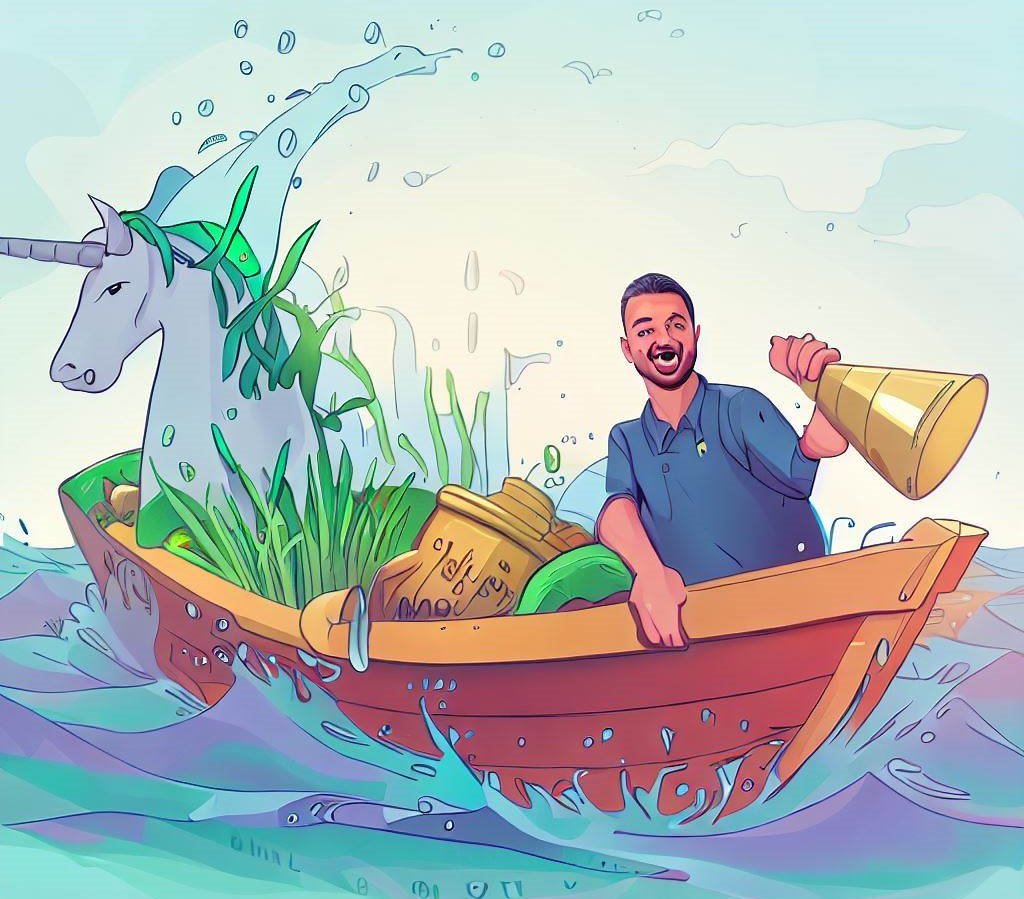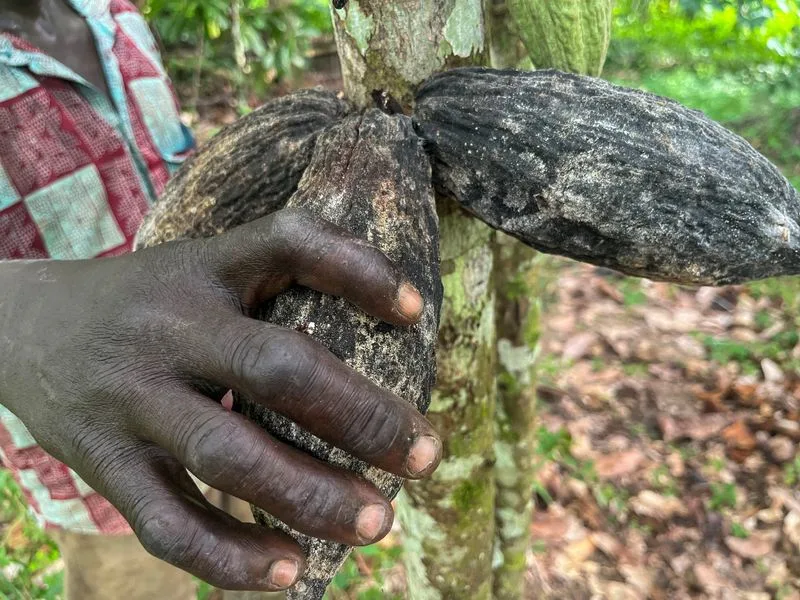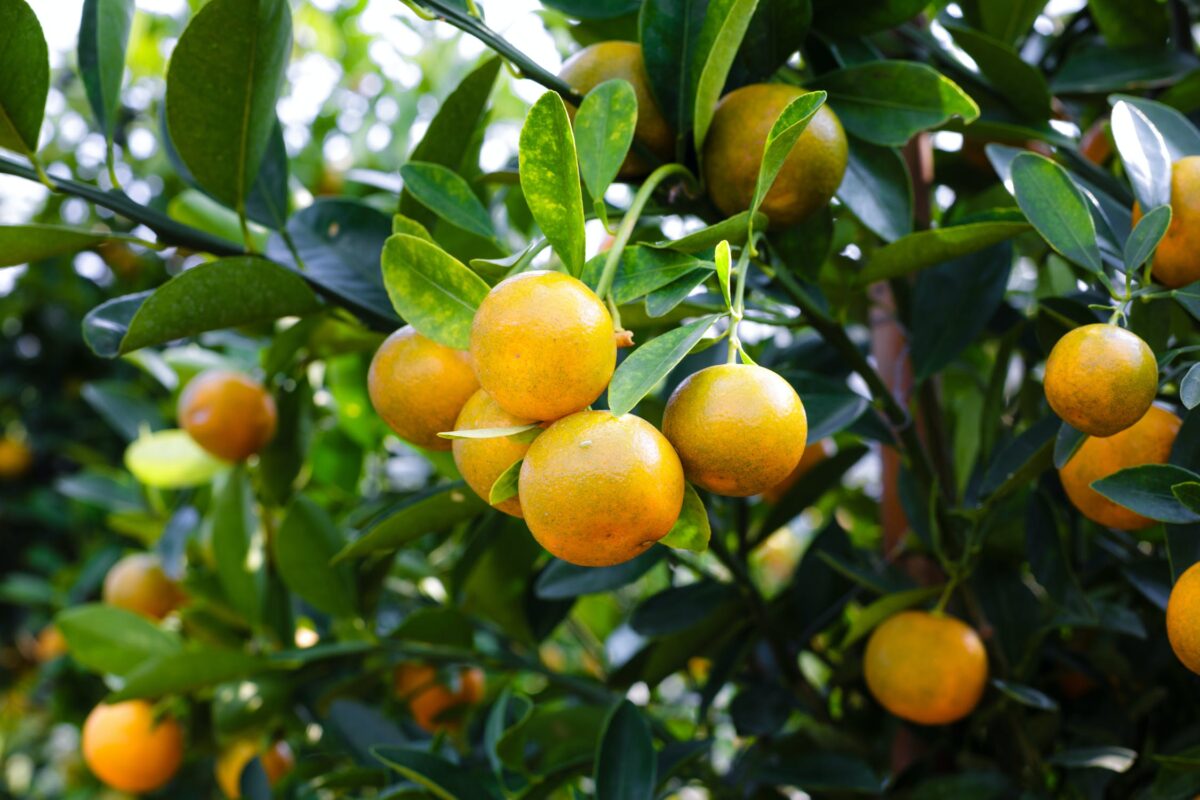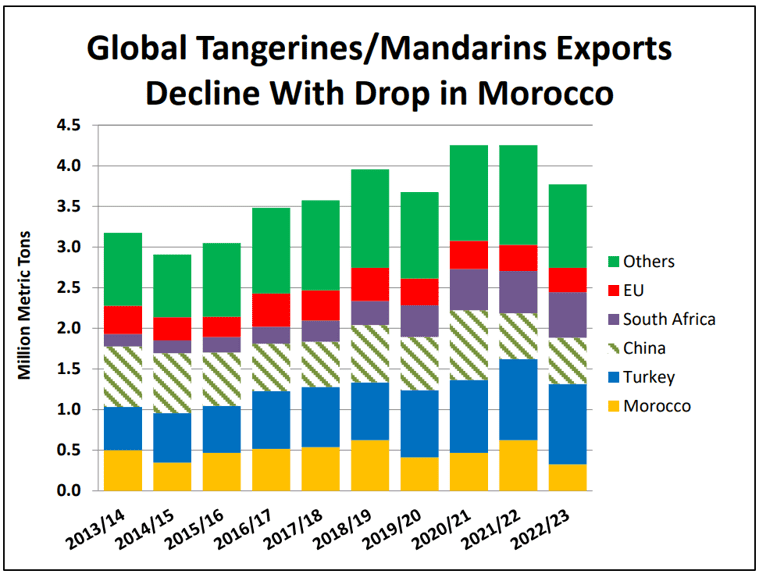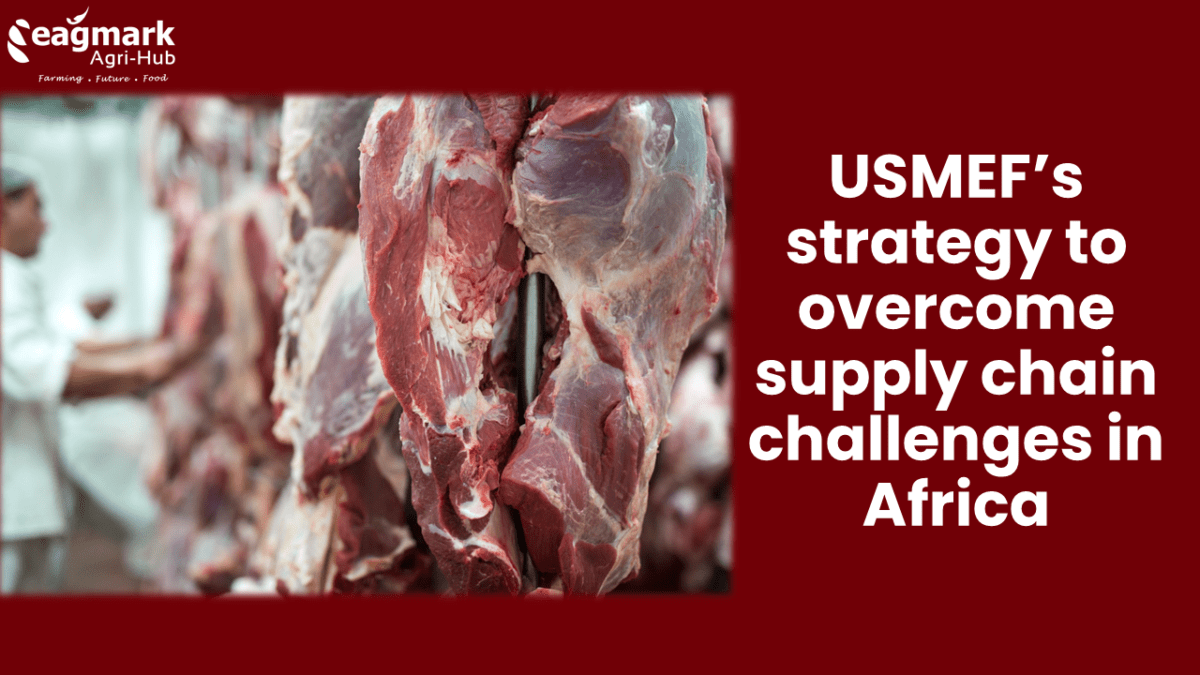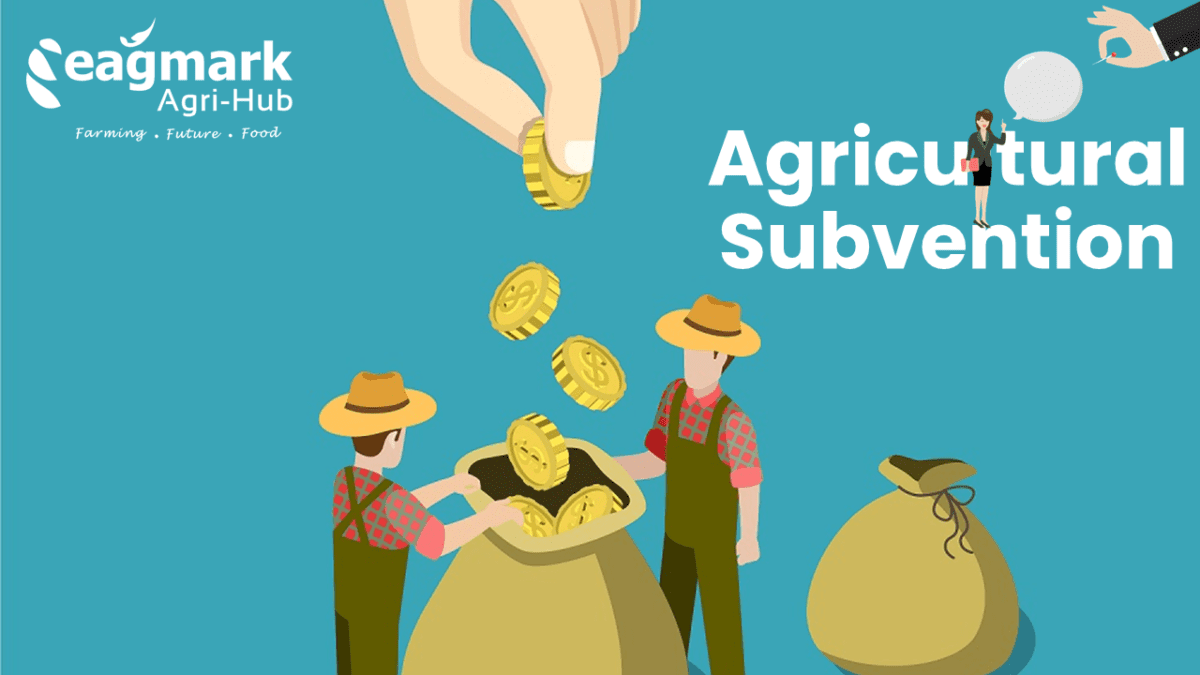Climate unpredictability, fluctuating market prices, and rising input costs converge are some of the challenges faced by farmers globally, and financial planning has become as essential as ever for maximizing farm profits. A carefully crafted financial plan can help farmers not only survive these challenges but thrive by setting profitability targets, understanding break-even costs, and making strategic decisions that influence the future. In this brief, we delve into the key financial practices that can elevate profitability and offer a roadmap for the agricultural industry’s future.
Enroll in the FREE Agribusiness Management Course
1. Begin with Break-Even Costs
Every farmer’s financial journey starts with a clear understanding of break-even costs which is the foundation of financial planning. In simple terms, a break-even analysis calculates the minimum price or yield you need to cover your production costs, without profit or loss. For farmers, understanding these costs is fundamental because it serves as a reference point for all future decisions, from seed selection to market pricing.
Consider the major factors contributing to break-even costs: seed, fertilizer, pesticides, labor, and equipment expenses. Beyond these obvious costs, it’s equally important to account for transportation, drying, storage, and tillage costs, which are often overlooked. Each decision that involves cost has a cumulative effect on your farm’s financial health, so having these values accurately recorded allows you to make more informed budgeting choices.
2. Budget Inputs to Improve Negotiation Power
The next step to maximizing profitability lies in budgeting inputs, ideally before purchase decisions and crop sales. Budgeting isn’t just about controlling expenses; it’s about increasing negotiating power. Suppliers are more likely to offer discounts or favorable terms to customers with a pre-defined budget for the year. Knowing your numbers enables you to negotiate from a position of strength, avoiding hasty purchases based on fluctuating market conditions.
Consider the effect on your farm when you approach suppliers with a well-researched budget for the upcoming year. A prepared farmer can confidently negotiate for better prices on seeds, fertilizers, and other inputs because they understand what they can afford and where compromises might need to be made. By setting these boundaries early on, farmers can capture more savings and optimize their input costs for the highest returns.
3. Field-Level Financial Analysis
While break-even costs give a broad perspective, it’s essential to drill down to the individual field level which provides a micro approach to maximizing profit. Each field has unique characteristics that influence production costs and yields—such as soil fertility, pest presence, and water availability. Conducting a financial analysis at this level ensures that each field is managed in the most cost-effective way possible.
Here’s how you can maximize profits by taking a field-level approach:
- Pest and Fertility Management ̶ Calculate the exact cost of pest control and fertility inputs for each field to assess where expenses might be minimized.
- Labor and Fuel Efficiency ̶ Record labor hours and fuel usage to determine if there are opportunities to reduce passes or optimize equipment use.
- Transportation Costs ̶ Understand the distances from each field to storage or sales points. If a field’s transportation costs are high, consider bulk storage options or alternative market outlets to increase revenue.
4. Project Profits by Setting Realistic and Achievable Profit Goals
After understanding costs, the next phase in financial planning is projecting potential profits. Begin by setting a realistic profit goal based on market trends, yield projections, and your break-even cost. Knowing this goal provides clarity on your income targets and helps align purchasing and marketing decisions with profitability objectives.
For instance, if your goal is to generate a 10% profit margin, you’ll need to work backward to identify the sales prices or yields needed to meet that margin. For grain sales, going beyond cash prices and paying attention to strategic basis and futures markets can present new opportunities to secure better revenues. Setting price targets in advance ensures that your marketing decisions align with your profit projections rather than market emotions.
5. Expand Market Opportunities
A significant component of any farm’s financial planning is sales. Many farmers stick to the most convenient market channels, yet exploring additional outlets can significantly boost revenue. For example, local cooperatives, direct-to-consumer sales, or even value-added products can create new revenue streams and diversify income sources.
Additionally, contract farming, export markets, or joining agricultural cooperatives may present new sales channels, providing better prices or incentives for consistent quality and supply. As digital platforms continue to reshape the agricultural market, staying informed about these options will be increasingly important.
6. Using Financial Planning Tools: Pen and Paper, Excel, or Specialized Software?
In modern farming, financial planning tools have evolved from traditional pen and paper to sophisticated software that tracks expenses, projects yield, and even forecasts profits based on real-time data. Spreadsheets like Excel can be effective for smaller farms, while large operations might benefit from dedicated farm management software to streamline budgeting, break-even analysis, and profit projection.
The choice of tool will depend on the complexity of your operation and your comfort with technology. But regardless of the tool, having a structured financial plan is critical. Software tools can simplify decision-making by visualizing cash flow, costs, and profit margins across each phase of production, enabling farmers to adapt quickly to market or environmental shifts.
Embracing a Financially Resilient Future in Agriculture
Looking ahead, financial resilience will be key to farming success. Climate change, resource scarcity, and market volatility are likely to redefine traditional agricultural practices. As a result, farmers who integrate comprehensive financial planning, informed input selection, and diverse market strategies will be best positioned for success.
We may see an increased reliance on digital technologies, with more sophisticated data analytics enabling farmers to make predictive decisions based on past and projected financial performance. Global trends suggest a push towards sustainable and organic agriculture, potentially increasing demand for local produce and specialty crops. Financial planning will need to account for these shifts, enabling farmers to pivot quickly and capitalize on emerging opportunities.
The future agricultural will also likely see a greater emphasis on climate-resilient practices, incentivized by government programs and market demand for sustainable products. Financial planning will be instrumental in adapting to these changes, as it enables farmers to assess the long-term costs and benefits of adopting new technologies, infrastructure, or crop varieties aimed at resilience.





